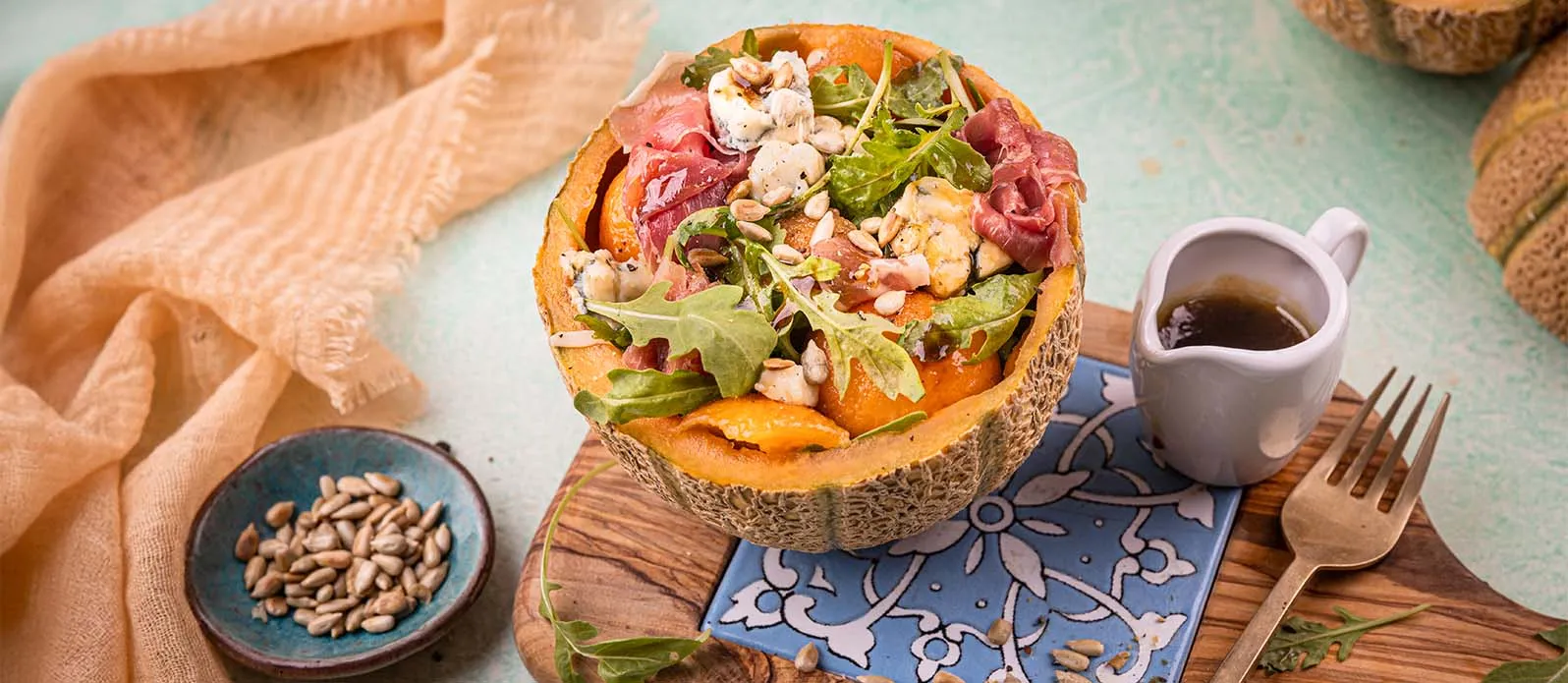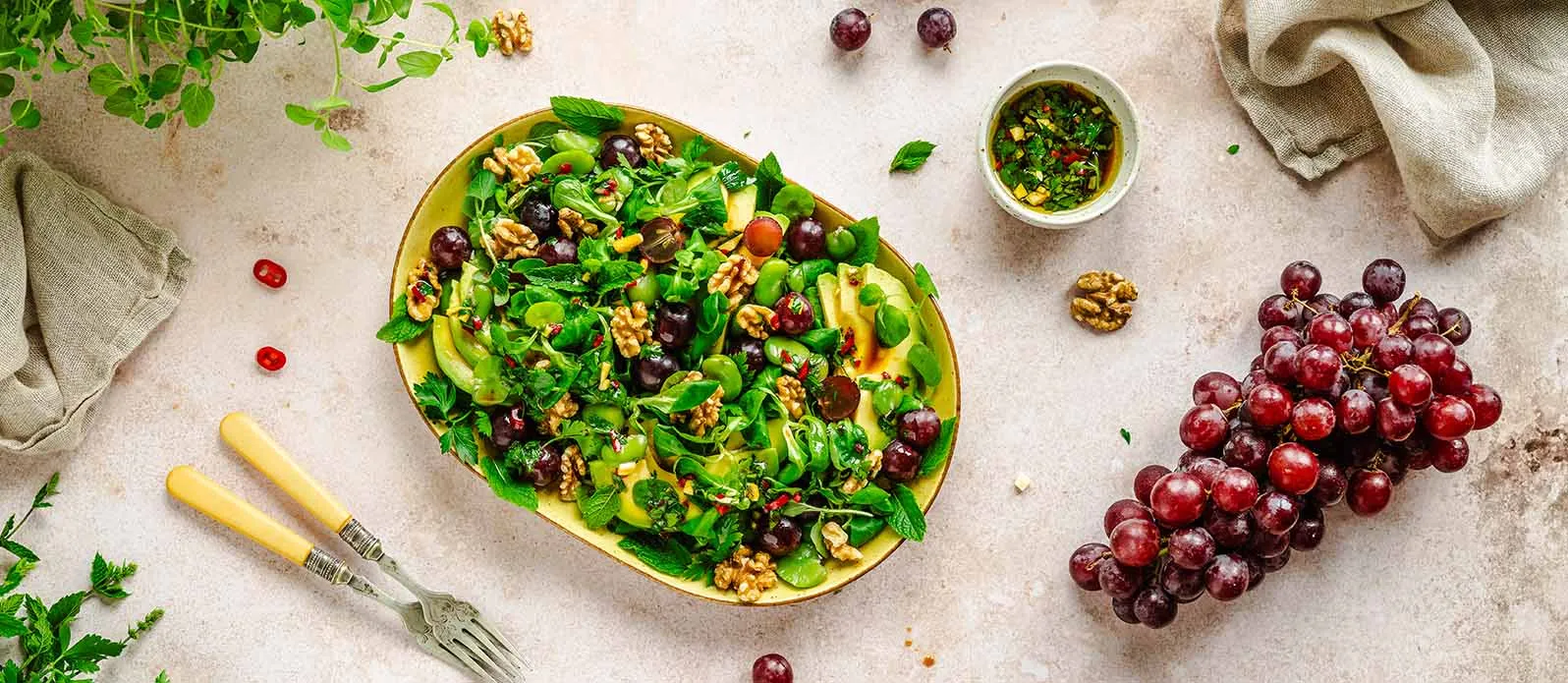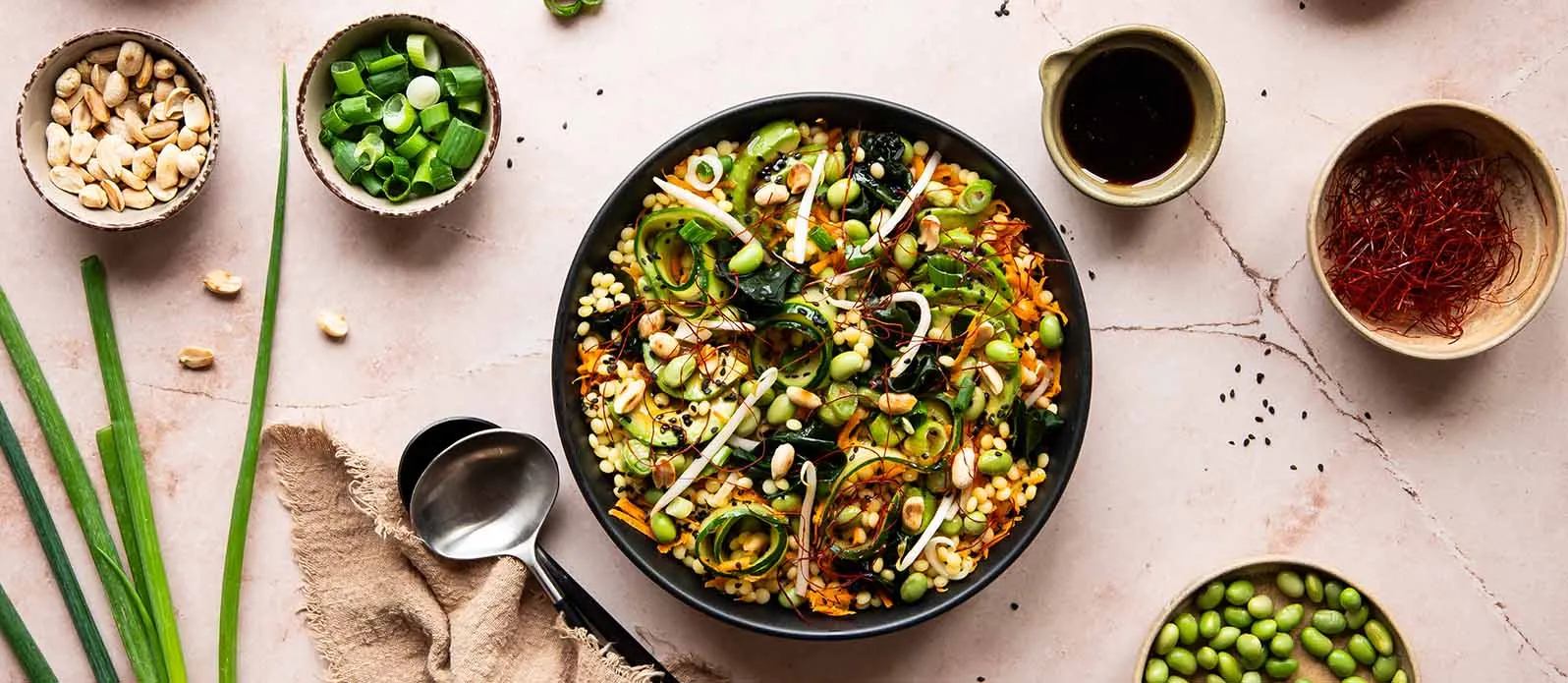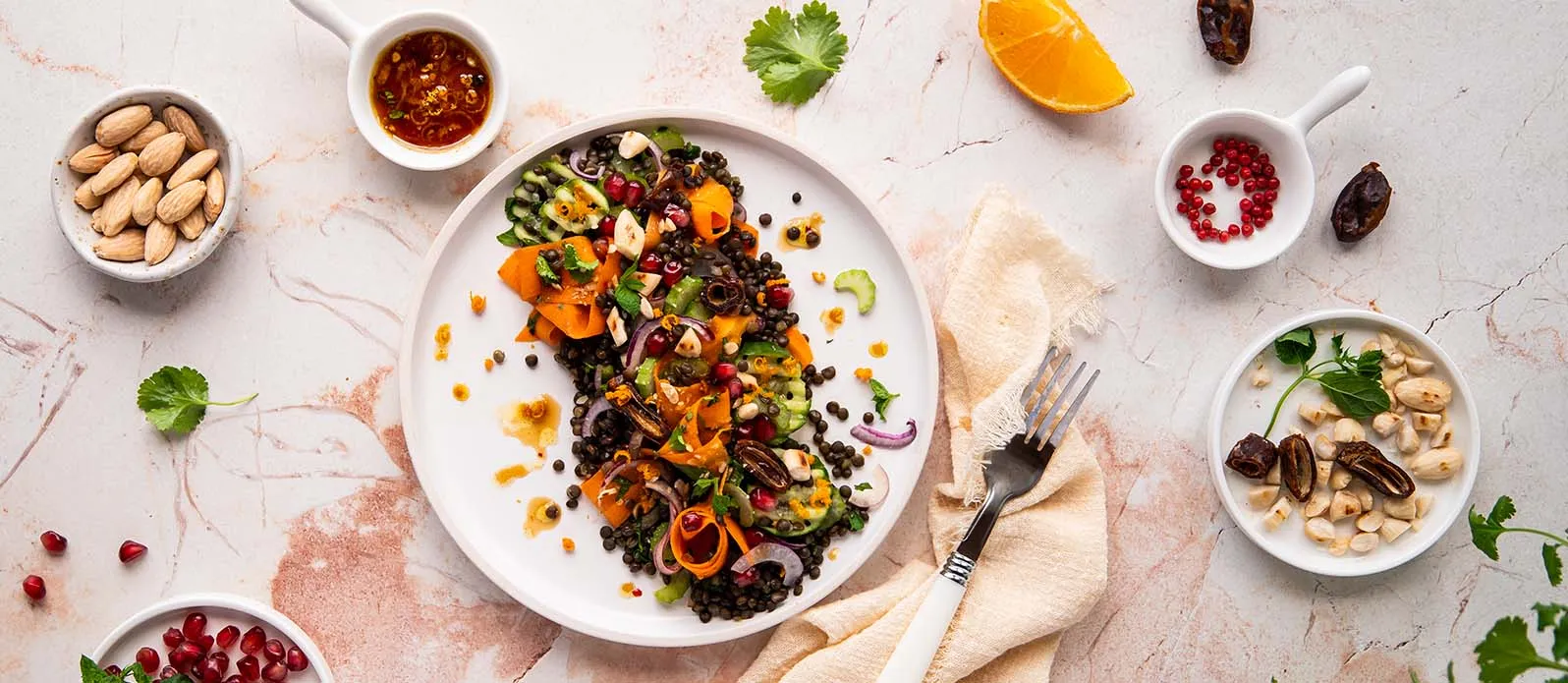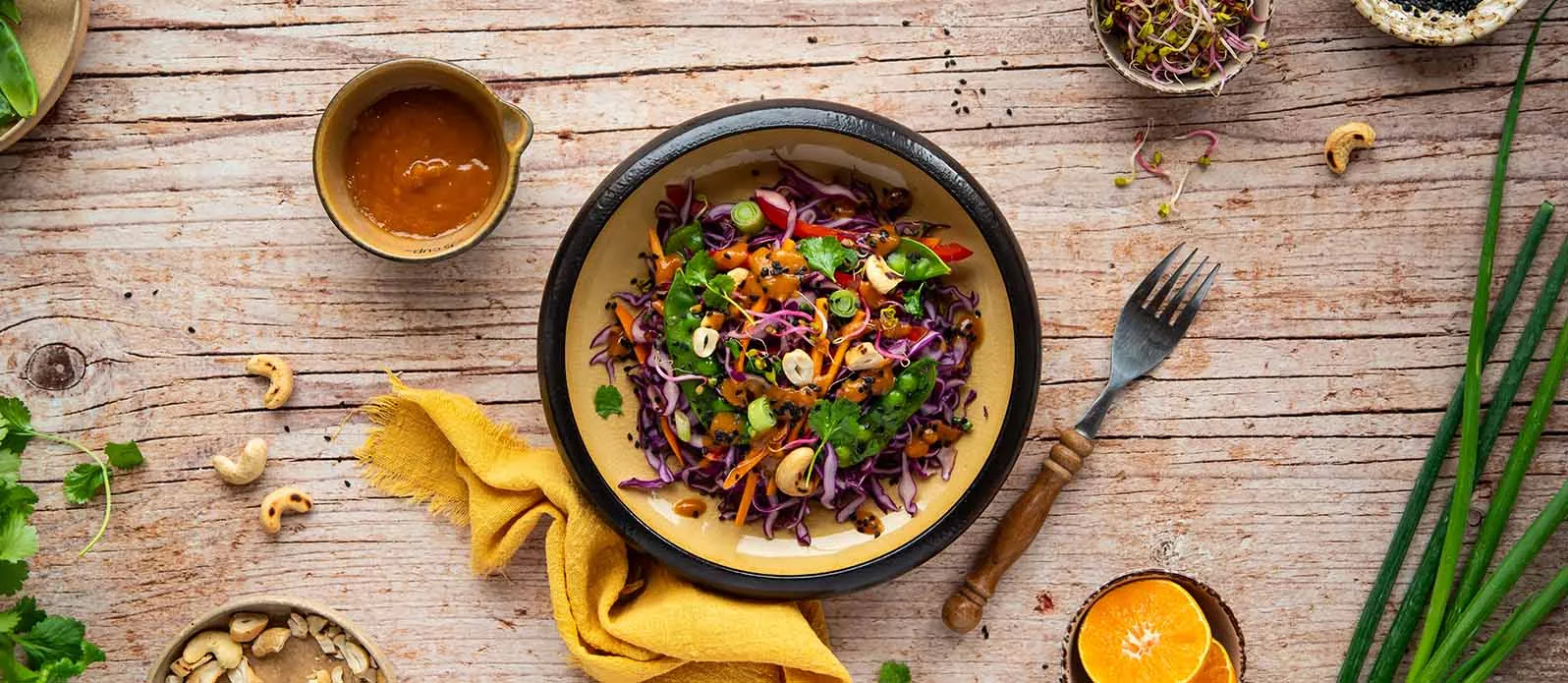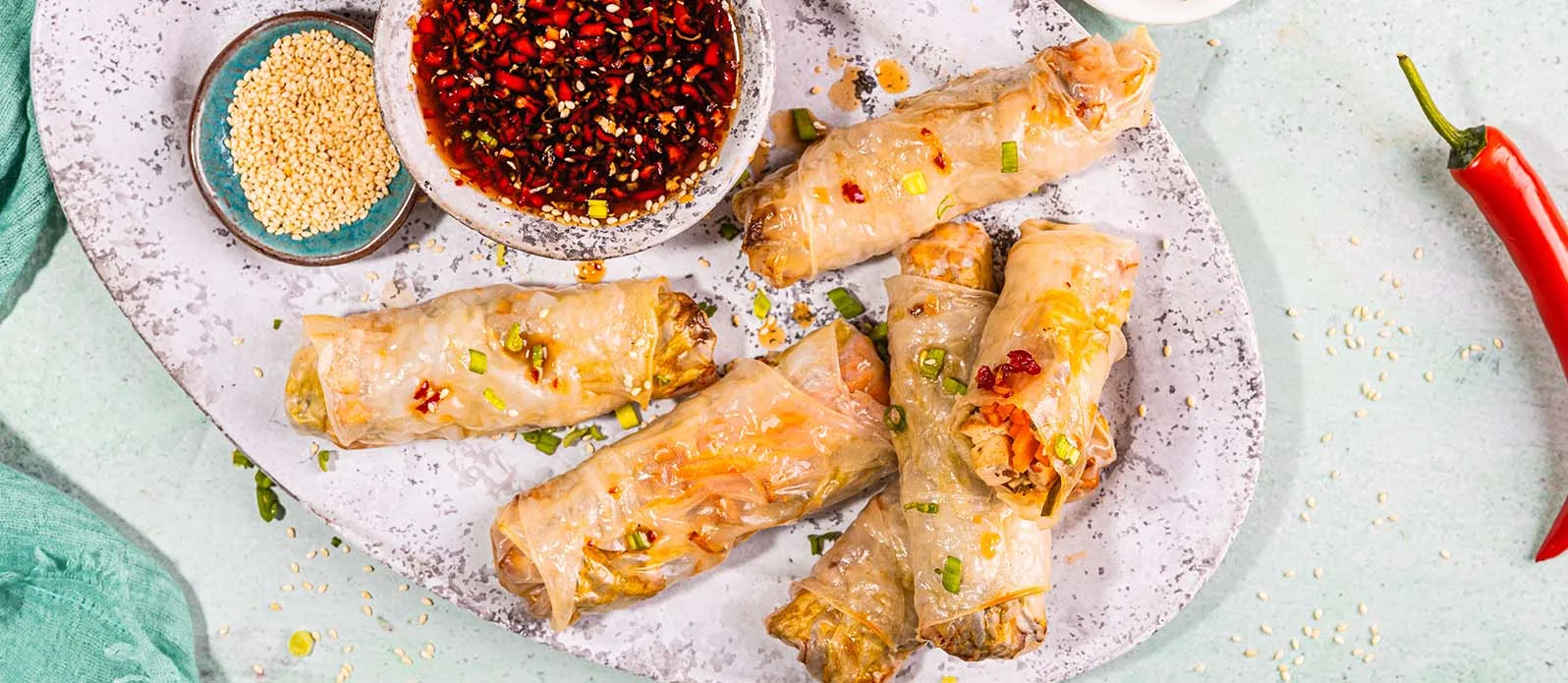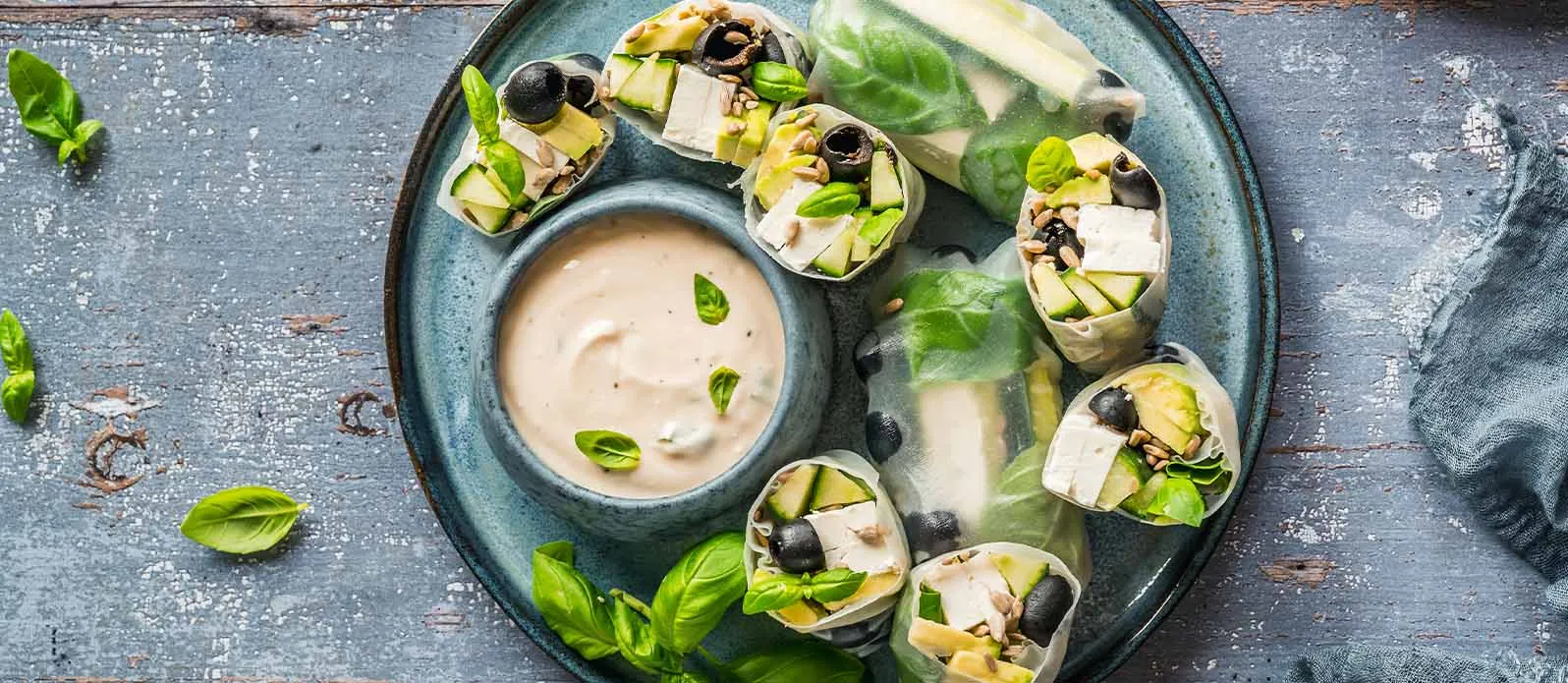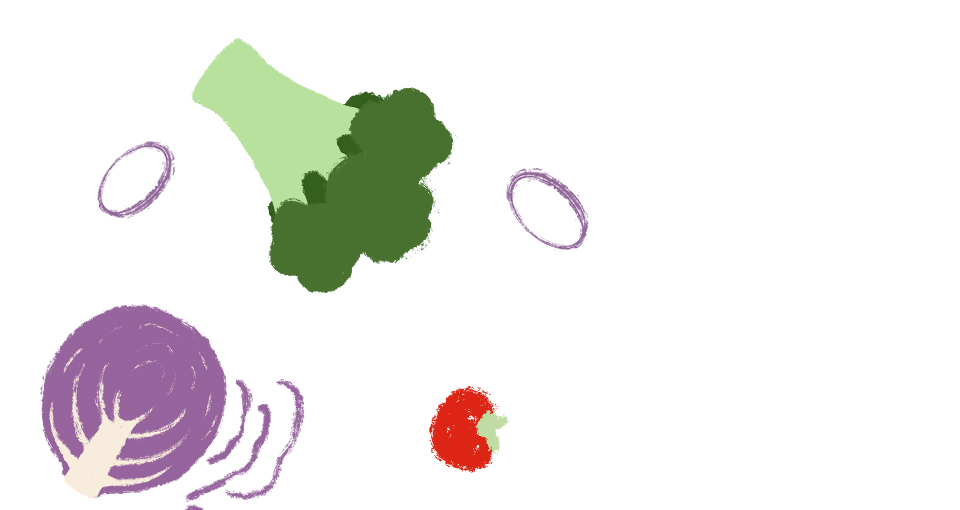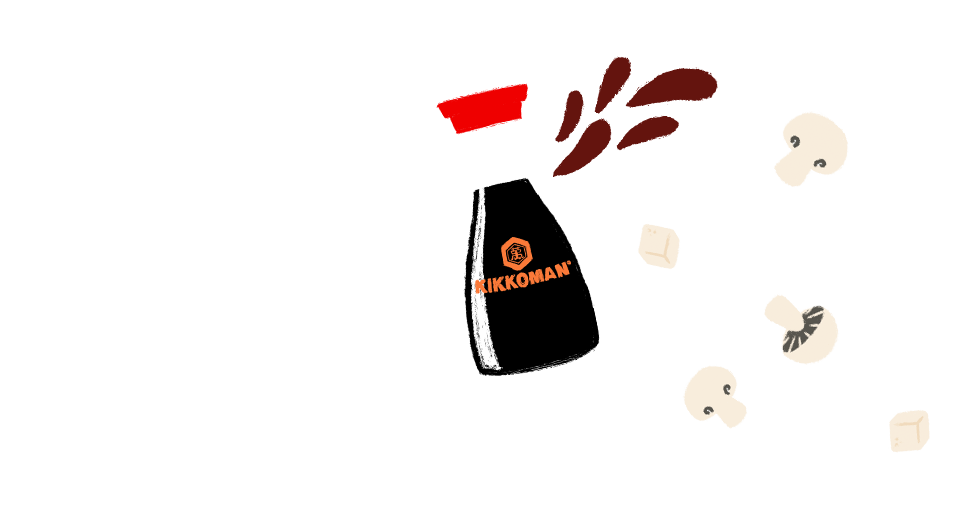All you need to know about avocados
13. August 2025
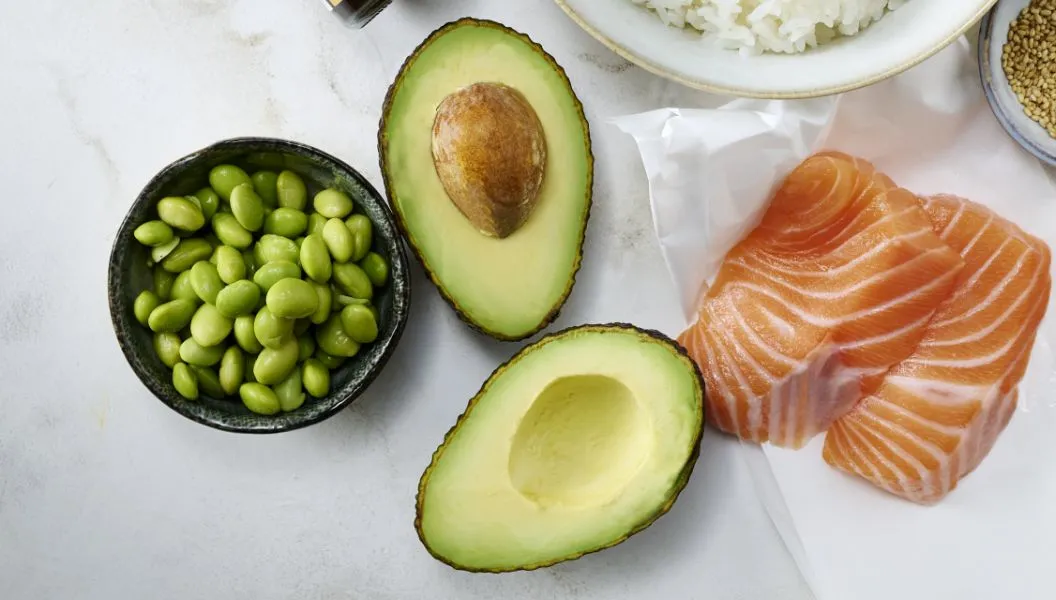
Everyone’s favourite green fruit
Avocados are more than just a food trend—they're genuine nutritional powerhouses! In this article, you'll find everything you need to know about their origin, nutrients, storage and delicious recipe ideas for this exotic superfruit.

Varieties and how they taste
- The popular Hass avocado has a dark, rough skin that turns almost black as it ripens, with creamy, nutty flesh—making it the top choice for guacamole.
- The well-known Fuerte variety is green, smooth and pear-shaped, with a mild, slightly buttery taste.
- The Bacon variety is also popular—it has thin, green skin and a slightly lighter, less intense flavour.
- Pinkerton avocados are known for their high flesh content, elongated shape and rich, buttery taste.
- The Reed variety has smooth, green skin and yellow flesh, with a slightly sweet flavour—perfect for bowls and spreads.
- The Ettinger is large and slender with smooth, bright green skin. Its flesh is delicate but slightly less aromatic—ideal for light dishes.
- The Nabal variety is round with firm, green skin, creamy flesh and a lower fat content.
What makes avocados so special?
Avocados are packed with nutrients: they're rich in unsaturated fatty acids that support heart and circulatory health, and contain vitamins A, C, E, K and several B vitamins. Their high potassium content—almost twice that of bananas—supports muscle function and blood pressure. Fibre aids digestion, while antioxidants have anti-inflammatory properties. Despite their high fat content (around 23g per 100 g), avocados are considered part of a balanced diet—even for low-carb fans and vegans.
When is an avocado ripe?
You can tell an avocado is ripe when its skin yields slightly to gentle pressure. If it's still firm, you can either leave it to ripen at room temperature or place it in a paper bag with apples and pears to speed up the ripening process.
There are several signs that an avocado is overripe. If it feels overly soft when pressed, it's probably spoiled. Dark spots on the skin are also a bad sign. Brown-grey, stringy flesh with black marks usually means the avocado is no longer good to eat. Small brown specks, however, are generally harmless.

Storing and preserving avocados correctly
If the avocado is already ripe and cut open, preventing browning is key. To do this, sprinkle the cut surface with lemon juice, leave the stone in place, and store it in an airtight container.
Whole avocados shouldn't be frozen, as they become mushy when thawed. However, they can be pureed, mixed with a little lemon juice and frozen in small portions.
Ways to prepare avocado
Avocado and soy sauce in modern cuisine
Avocado and soy sauce are a dream team in more ways than one!
Firstly, their flavours balance each other: the mild, buttery avocado perfectly complements the salty, umami-rich soy sauce, creating a wonderful fusion of aromas. Their contrasting textures also work beautifully together.
- From creamy dips and savoury spreads to bowls and salads, these two ingredients pair beautifully. Sushi with salmon, cucumber and avocado is a firm favourite—soy sauce is essential here too.
- Fun fact: ripe avocados have a similar texture to raw tuna (sashimi), especially when combined with wasabi. So if you like, they can even be used as a substitute for fish!
- Things get even more exciting with creative takes like grilled or deep-fried avocado—think crispy avocado sticks with a dip. Combined with Kikkoman Soy Sauce, Kikkoman Ponzu Lemon or Kikkoman Teriyaki Marinade, the flavour reaches a whole new level.
- And for dessert? The combination of avocado with the sweet Kikkoman Sauce for Rice works surprisingly well in desserts—even cheesecakes! Would you have guessed?
Feeling inspired after learning so much about this exotic delicacy? Ready to satisfy your appetite as well as your thirst for knowledge? Then here are some mouth-watering recipe ideas to try!
The origins of the avocado
The avocado tree belongs to the laurel family and has been prized in South America for thousands of years. It was only brought to Europe by the Spanish in the 16th century. The avocados we buy here mainly come from Mexico, Chile, Brazil and Peru, but also from Spain and South Africa.
Avocado and sustainability
After all this enthusiasm and inspiration, it’s important not to overlook one key fact: avocado cultivation requires a lot of water. Long transport routes are also often criticised for their environmental impact. If you want to enjoy the many delicious avocado dishes, we recommend checking the fruit’s origin when buying—and opting for produce that has travelled a shorter distance wherever possible.




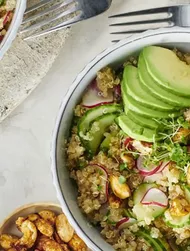
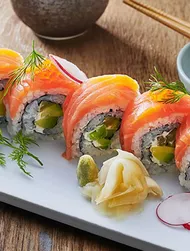
![[Translate to Englisch (EU):] [Translate to Englisch (EU):]](https://www.kikkoman.eu/fileadmin/_processed_/2/6/csm_291-recipe-page-teriyaki-sweet-potato-black-bean-and-avocado-burrito-bowl__desktop_01_15432946e5.webp)


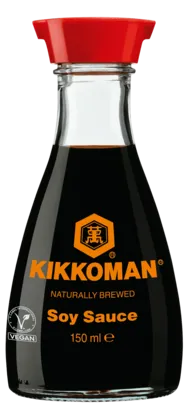
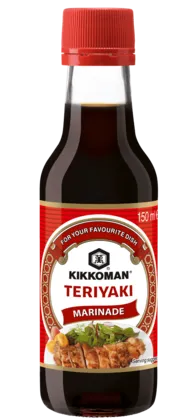
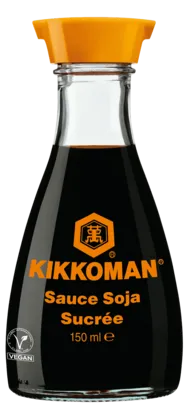
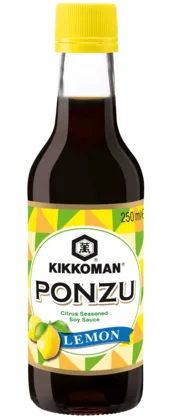


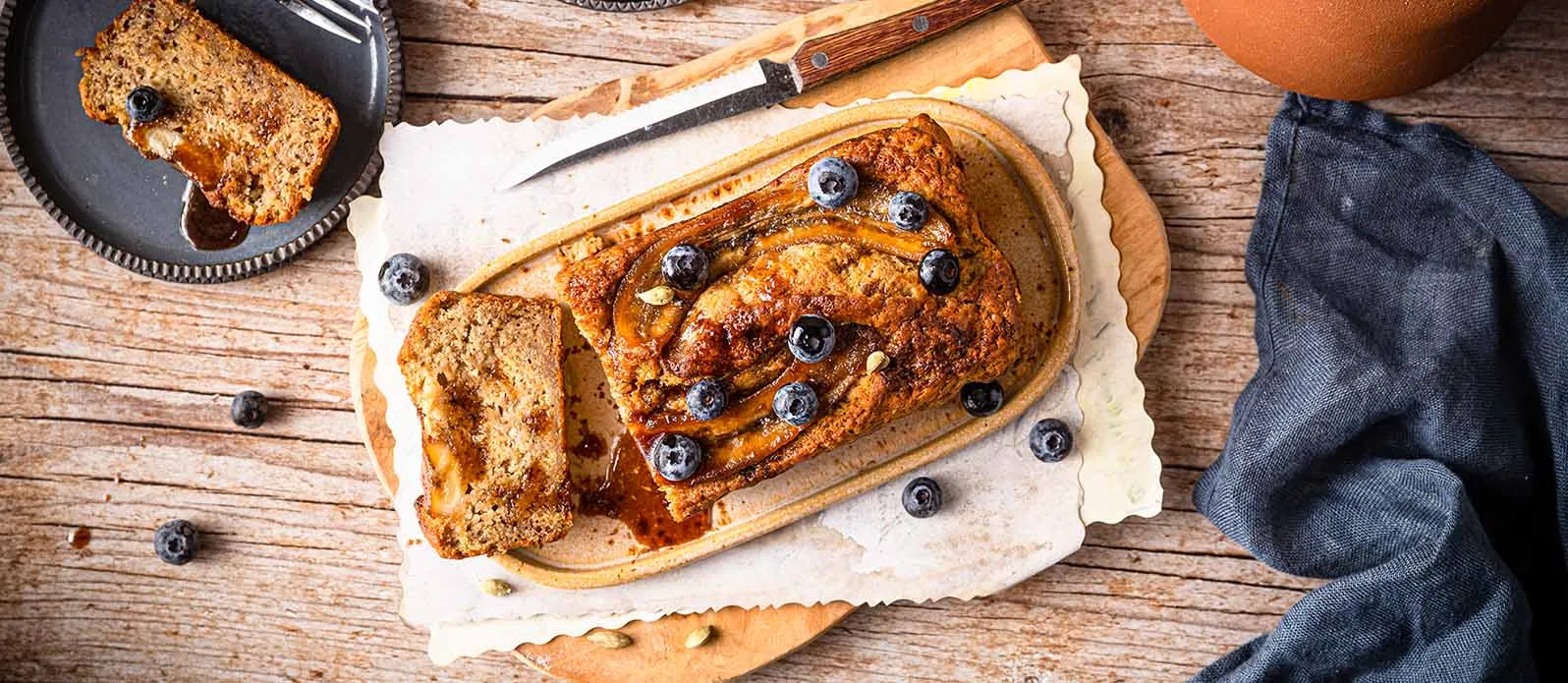
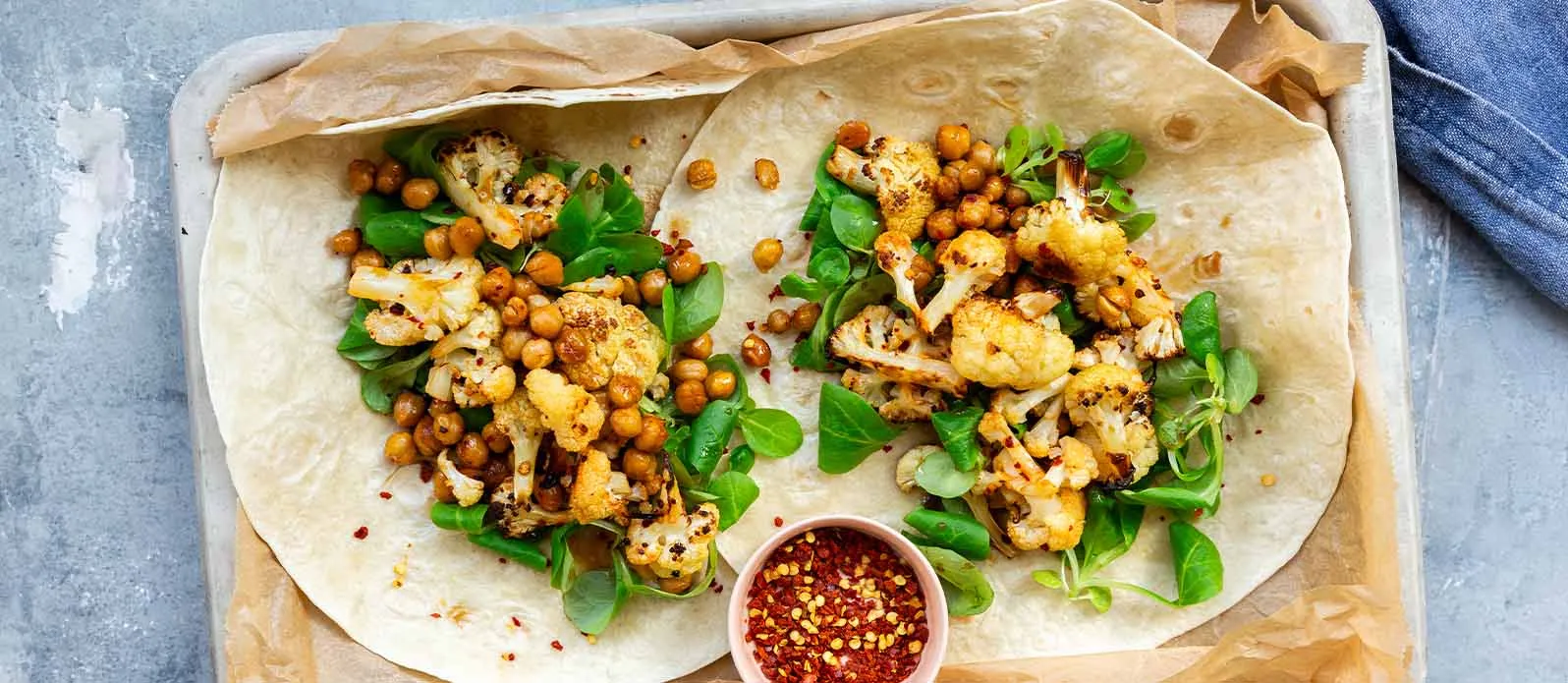

![[Translate to Englisch (EU):] [Translate to Englisch (EU):]](https://www.kikkoman.eu/fileadmin/_processed_/3/2/csm_1577_Carrot_Ginger_Salad_With_Cilantro_Desktop_Header_7f6137e576.webp)
![[Translate to Englisch (EU):] [Translate to Englisch (EU):]](https://www.kikkoman.eu/fileadmin/_processed_/6/2/csm_1578_Goddess_salad_with_napa_cabbage_and_spinach_Desktop_Header_603b9d1582.webp)
